Graham Reid | | 9 min read
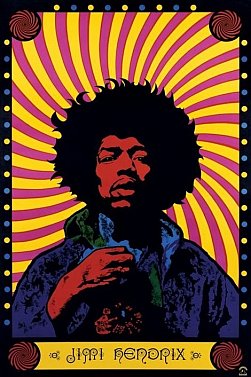
"Tune in, turn on, drop out" -- LSD advocate Dr Timothy Leary
THE MUSICAL JOURNEY FROM MARIJUANA TO LSD: '66 TO THE SUMMER OF LOVE IN 1967
after years of British dominance in the middle of the decade as we noted in this article, the focus moves back to the US
Psychedelic music inspired or influenced by the consciousness changing drug LSD aka acid becomes a dominant style.
In America (more so than in Britain) it can involve lengthy guitar passages. But everywhere there is the influence of Indian music (microtones) and the songs and rhythms stretch and change.
Because of the drug associations (marijuana, LSD and STP) it is very much associated with the emerging hippie movement out of San Francisco in '66 and '67.
but in Britain, alongside the exotic Eastern influence (in clothes as much as music, people reading Eastern philosophical or religious texts) there is a very distinctive style which is eccentric, full of whimsy, the visual style is Edwardian foppery . . .
The New Vaudeville Band
The Bonzo Dog Doo-Dah Band
genuinely eccentric (and with studied English eccentricity) which owed much to musical hall and the Goons, and antipiated Monty Python's Flying Circus
BUT
Some flickers of cynicism about this new age of benign hippies and slogans about peace, love and flowers.
Donovan being slightly paranoid but observant: "beatniks are out to make it rich" (beatniks the late Fifties equivalent to the emerging hippie counter-culture)
Season of the Witch, May 1966
Season of the Witch
The Rolling Stones: Paint It, Black (May '66) Sitar, with pessimism
The Animals
When I Was Young, April '67
When I was Young (a re-recording)
1967: THE YEAR IN REVIEW
February 67 — The Beatles sign a new nine-year contract with EMI Records, who reveal that the group has sold 180 million records in fewer than five years.
The same month they release the doube A-side single Penny Lane (by McCartney) and Strawberry Fields Forever (by Lennon) and the two songs are emblematic of difference between them as songwriters and people.
Both are ruminations on their childhood in Liverpool and briefly there was an idea floated of doing a series of songs for their forthcoming album about their childhood.
Penny Lane (McCartney), February 13 1967
Strawberry Fields Forever (Lennon), February 13 1967
Donovan releases Mellow Yellow (widely interpreted as a song about marijuana) with Paul McCartney singing in the background
Mellow Yellow
March 67 — McCartney's "Yesterday" – attributed to Lennon-McCartney as all their songs were – has become the most covered song ever, with 446 recordings by different artists.
Pink Floyd's first single Arnold Layne (about a man who steals women's underwear from washing lines, such a rather English thing!)
but then
March 67: Jimi Hendrix: Purple Haze
Purple Haze
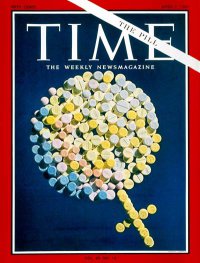 April 67: The contraceptive pill, now readily available, makes it to the cover of Time. It has arrived just in time for the "free love" philosophy of hippies, but also leads to debates about promiscuity.
April 67: The contraceptive pill, now readily available, makes it to the cover of Time. It has arrived just in time for the "free love" philosophy of hippies, but also leads to debates about promiscuity.
May 67 -- Procol Harum single Whiter Shade of Pale (goes on to sell 10 million copies worldwide)
May 67 -- The Kinks' wistful, very British Waterloo Sunset
People so busy, make me feel dizzy, taxi light shines so bright
But I don't, need no friends
As long as I gaze on Waterloo Sunset, I am in paradise
Every day I look at the world from my window
Chilly chilly is the evening time, Waterloo sunset's fine
But I am so lazy, don't want to wander, I stay at home at night
But I don't, feel afraid
As long as I gaze on Waterloo Sunset, I am in paradise
Every day I look at the world from my window
Chilly chilly is the evening time, Waterloo sunset's fine
Terry and Julie cross over the river where they feel safe and sound
And they don't, need no friends
As long as they gaze on Waterloo Sunset, they are in paradise
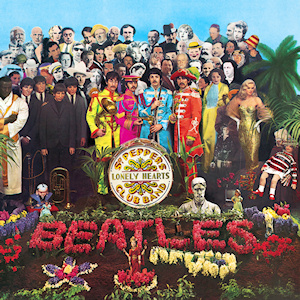 June 67 — The new album, Sgt.
Pepper's Lonely Hearts Club Band, is released and starts a 22-week
run at No. 1 on the U.K. album chart.
June 67 — The new album, Sgt.
Pepper's Lonely Hearts Club Band, is released and starts a 22-week
run at No. 1 on the U.K. album chart.
It is the first Beatles album to have the same tracklisting in the US and UK.
It gets them on the cover of Time magazine in September with an extended essay examining the Beatles -- and this album's -- importance.

Inspiration from hippie culture (bands with odd names), LSD, newspaper articles, advertisements, a poster on John Lennon's wall, Indian mysticism . . .
The album has a very loose "concept", the first track announces "We're Sgt Pepper's Lonely Hearts Club Band, we hope you will enjoy the show" then segues into the following song (by Ringo, With a Little Help From My Friends) with "so let me introduce to you, the act you've known for all these years . . . Billy Shears . . ."
But aside from a reprise of the Sgt Pepper song ("we hope you have enjoyed the show") and of course the cover, there is very little of an over-arching concept.
It did however have all the lyrics on the cover, a first for the Beatles and perhaps the first in popular music.
Words were to be taken seriously, and people scanned them for "clues"
Sgt Pepper's Lonely Hearts Club Band, June 2 1967
Lucy in the Sky With Diamonds, June 2 1967
Fixing a Hole
She's Leaving Home
And this based on the poster on Lennon's wall
Being for the Benefit of Mr Kite (June, 1967)
Within You, Without You
Good Morning, Good Morning
A Day in the LIfe
A much expanded version of the article I wrote for the Listener on the 50th anniversary of Sgt Pepper is here which draws the difference between the USA and the UK music and cultural scenes at the time.
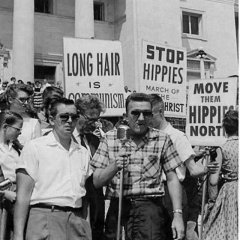 June 25, '67: A little over three weeks after the release of Sgt Peppers there is the live broadcast by satellite to 24 countries of a new song All You Need is Love.
June 25, '67: A little over three weeks after the release of Sgt Peppers there is the live broadcast by satellite to 24 countries of a new song All You Need is Love.
The following month when it is released it goes to number one on the UK charts.
As with Pepper it captures the spirit of the Summer of Love. (Although where the Beatles most often lead the way this simply reflects its period, Lennon would later dismiss it as a throwaway.)
All You Need is Love (July, 1967)
See a snippet here.
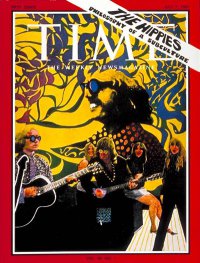 July 67: Hippies make it to the cover of Time magazine. The article starts: One sociologist calls them "the Freudian proletariat." Another observer sees them as "expatriates living on our shores but beyond our society."
July 67: Hippies make it to the cover of Time magazine. The article starts: One sociologist calls them "the Freudian proletariat." Another observer sees them as "expatriates living on our shores but beyond our society."
Historian Arnold Toynbee describes them as "a red warning light for the American way of life."
For California's Bishop James Pike, they evoke the early Christians: "There is something about the temper and quality of these people, a gentleness, a quietness, an interest—something good."
To their deeply worried parents throughout the country, they seem more like dangerously deluded dropouts, candidates for a very sound spanking and a cram course in civics . . .
The Animals: San Franciscan Nights
San Franciscan Nights
 August 67 — Beatles meet Indian spiritual teacher (guru) Maharishi Mahesh Yoga.
August 67 — Beatles meet Indian spiritual teacher (guru) Maharishi Mahesh Yoga.
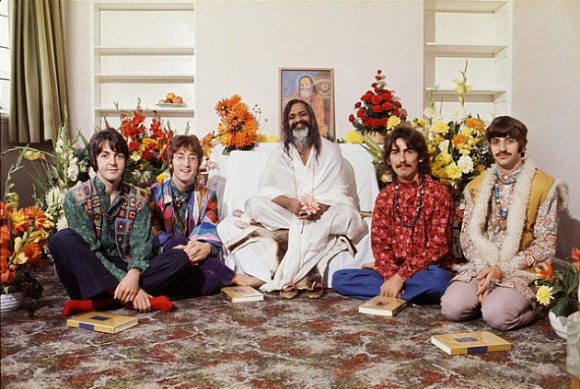 They travel to Wales for a weekend retreat. While they are there, their manager Brian Epstein
dies of a drug overdose at home in Chapel Street, Belgravia, London.
They travel to Wales for a weekend retreat. While they are there, their manager Brian Epstein
dies of a drug overdose at home in Chapel Street, Belgravia, London.
(In February '68 they will travel to his ashram in India for meditation sessions, with Donovan, Beach Boy Mike Love and others)
More slightlydelic music from Britain
Small Faces: Itchycoo Park
Traffic: Hole in My Shoe
Jimi Hendrix: Third Stone from the Sun (from the debut album Are You Experienced recorded in Britain, an American expat embraced by the London swinging set)
Third Stone From the Sun
 September 67 -- Kinks album Something Else (includes Waterloo Sunset but also other songs with a very British perspective: David Watts (about class); Two Sisters (suburban lives), End of the Season (using the metaphor about the current infatutation with fashion) and Afternoon Tea.
September 67 -- Kinks album Something Else (includes Waterloo Sunset but also other songs with a very British perspective: David Watts (about class); Two Sisters (suburban lives), End of the Season (using the metaphor about the current infatutation with fashion) and Afternoon Tea.
Ray Davies emerges as the preeminent "English" songwriter of his generation who turns his attention to suburban and urban life in the Britain that he knows.
An observational writer not swept up in the thrill of psychedelia, more concerned about the England he grew up in disappearing before his eyes.
David Watts
Two Sisters
Situations Vacant
Afternoon Tea
Afternoon Tea
End of the Season
The Animals: Good Times
Good Times
October 67 - Donovan's There is a Mountain (based on a Buddhist text)
There is a Mountain
The Incredible String Band from Scotland who blended folk, Indian and other exotic instruments, lyrics drawn from mythology and ancient texts . . .
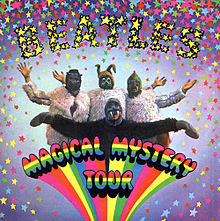 November 67 — The Beatles' Magical Mystery
Tour EP (two seven inch records with a booklet) is released in the
U.K.
November 67 — The Beatles' Magical Mystery
Tour EP (two seven inch records with a booklet) is released in the
U.K.
It later appears as an album in the U.S. with the addition of "Hello Goodbye," "Penny Lane," "Strawberry Fields Forever," "Baby You're a Rich Man," and "All You Need Is Love."
The Animals: Monterey (about the Monterey Pop Festival held in June)
Monterey
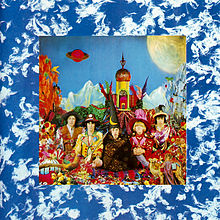 December 67 — The Rolling Stones release the album Their Satanic Majesties Request which is widely considered a failure as they try to deliver psychedelic music (but went into the studio with very few actual songs to work on).
December 67 — The Rolling Stones release the album Their Satanic Majesties Request which is widely considered a failure as they try to deliver psychedelic music (but went into the studio with very few actual songs to work on).
Among the better songs are She's a Rainbow, 2000 Light Years From Home and bassist Bill Wyman's In Another Land.
2000 Light Years From Home
But much of the rest sounds like shapeless jamming given a bit of polish.
Sing This All Together (See What Happens)
The Stones never revisit this period or style. Their future lies in the blues-based rock'n'roll that started them.
Beatles' "Hello Goodbye" reaches No. 1 in the U.S. singles chart.
The flipside is Lennon's I Am the Walrus.
I am the Walrus (1967)
Here's a snippet from their "home movie" Magical Mystery Tour
Their film Magical Mystery Tour screens on British television on Boxing Day amidst great expectation. Although filmed in colour it screens in black and white. It included a sequence of the Bonzo Dog Doo-Dah Band singing Death Cab For Cutie. The improvised film (McCartney's idea) is widely panned.
Here.
"I cannot ever remember seeing such rubbish," wrote one reviewer.
"This witless home movie scotches the myth of their genius for good and all," wrote another.
And Elsewhere has some opinions etc about it here.
For the first time the Beatles become a target of derision.
At the end of this psychedelic year we might think that George Harrison's It's All Too Much (not released until the Yellow Submarine film of 1968) best captured the diffident British psychedelic period with it's lines, "show me that I'm everywhere and get me home for tea".
It's All Too Much
and . . .
And a very different year was just around the corner . . . a year of riots, chaos, assassinations, protest and more.
.



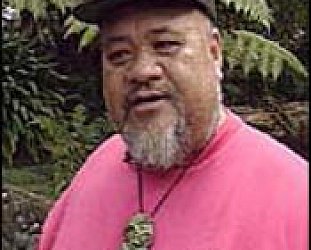
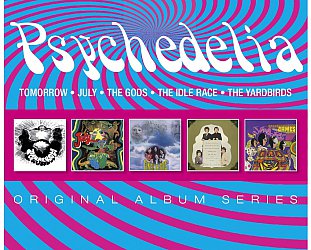
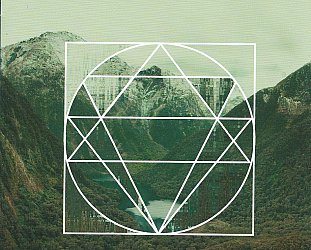
Gaylene Martin - Jan 21, 2022
Wonderful music from that era Graham - so so good to hear such songs again - did pick out one of my favourite voices Eric Burdon to listen to first! Living in Auckland in 1967 working at Radio Hauraki as a Schedules Clerk (advertising)., going to the clubs to see bands such as Larry's Rebels, La De Das. Thank you for posting these tunes
Savepost a comment